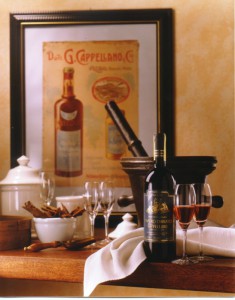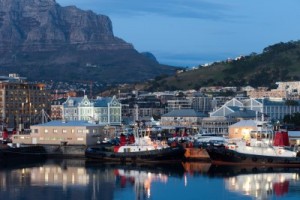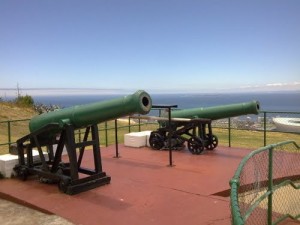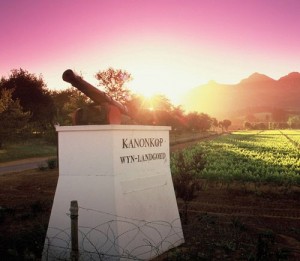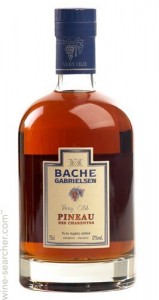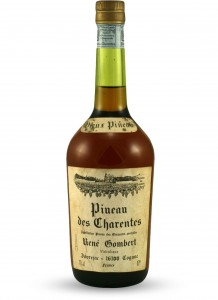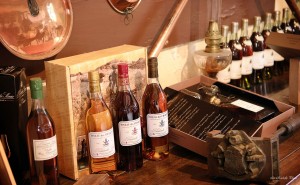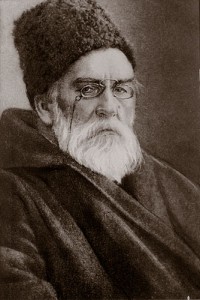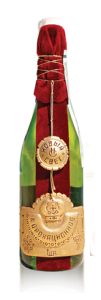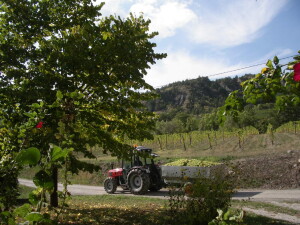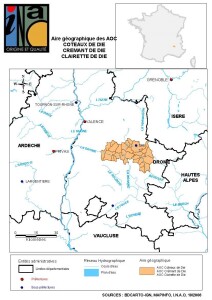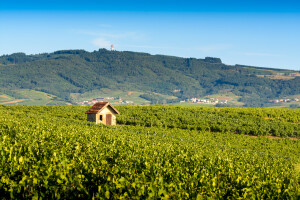Old vines…for many of us, the term “old vine” implies that a wine is produced from grapes grown on a grapevine of more than 20, or 50, or 100 years of age (the exact number depending on where exactly the vineyard is and your point of view). In addition, we believe that their fruit, having been painstakingly ripened by a grizzled old vine, will be exceptionally rich, concentrated, and complex.
While I am sure most wine aficionados would agree with that purposefully vague description, the truth remains that “old vine” (or vieilles vignes, as the French say) remains a largely unregulated and undefined wine term. After all, a lot depends on context. If you grow grapes in Châteauneuf-du-Pape or Jerez, the idea of “old” might actually start at about the half-century mark. On the other hand, if you grow grapes in the Canterbury Plains or Elkton, Oregon, you might start to think of your vines as “old timers” once the hit 20 years old.
One thing that just about everyone can agree upon, however, is that the older vines of the world need to be protected, respected, and – in the best of all possible worlds – documented and substantiated. To this end, Barossa Australia—formerly the Barossa Grape and Wine Association—which has over 500 grape growers and claims to have more old vines than any other region in the world, has taken steps to do so. After all, as Ron “The Dirtman” Gibson, of Gibson Wines in the Barossa says, “Old vines aren’t good because they’re old, they’re old because they are good.”
The organization has released what might be the only specific definition of the term “old vine” in the wine-making world. Although these terms are not regulated by the Australian Government—nor are they approved as official wine descriptors—this is at least a good first step in understanding and honoring the area’s old vines.
The classifications of Barossa’s old vines are as follows:
- Old Vines: 35 years old or over
- Survivor Vines: 70 years old or over
- Centenarian Vines: 100 years old or over
- Ancestor Vines: 125 years old or over
Barossa Australia has also published the “Barossa Old Vine Charter,” a declaration of sorts intended to protect and recognize the region’s oldest vines, some of which date back to 1909 or earlier and are to be considered part of Australia’s living history. The organization also keeps a Barossa Vineyards Register, which details the vineyards of the area by grape variety and by age. The Barossa Vineyards Register, and the Barossa Old Vine Charter can be found on the website of Barossa Australia.
Post authored by Jane A. Nickles, CSS, CWE – your SWE Blog Administrator
References/for more information:
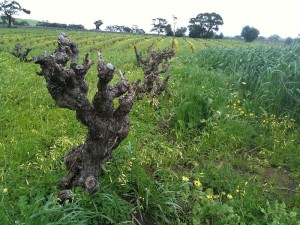
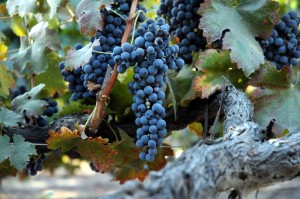
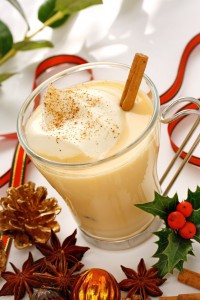
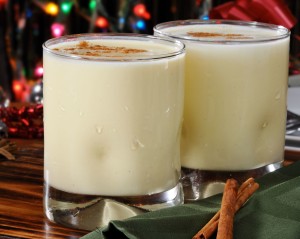
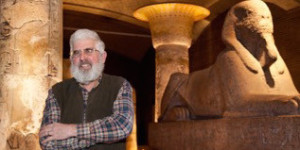
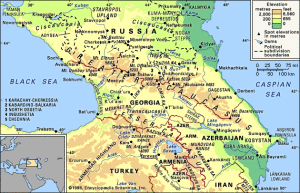
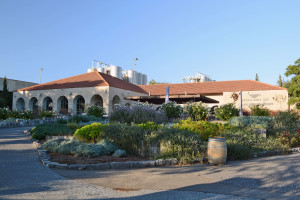
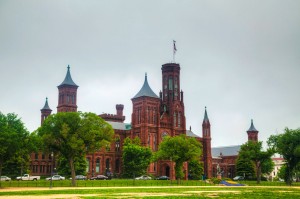
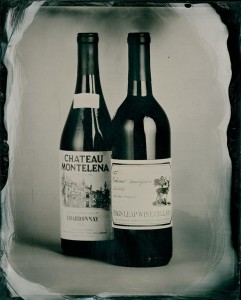
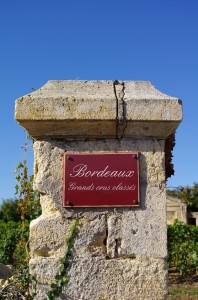
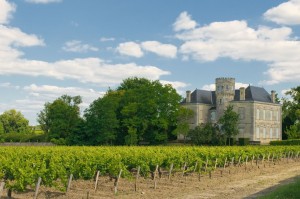
![9.8-The-Haut-Medoc-4-color-[Converted]](http://winewitandwisdomswe.com/wp-content/uploads/2013/09/9.8-The-Haut-Medoc-4-color-Converted-231x300.jpg)
